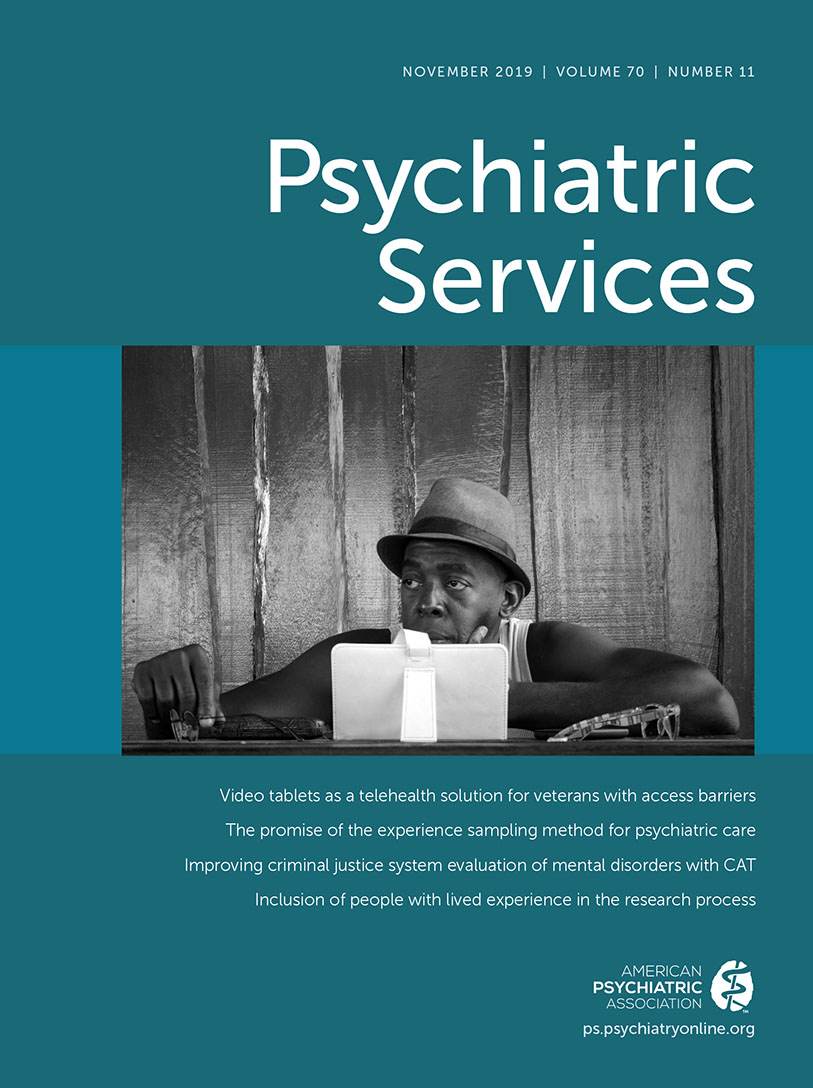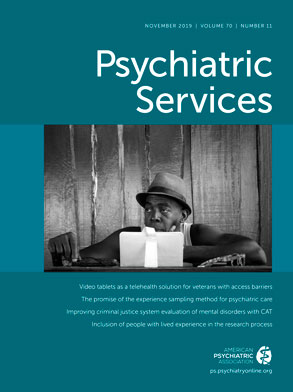I have tried to present here, in a condensed space, more than 70 years of performing clinical observations during psychotherapy and supervision, applying a variety of research methods, and formulating and gradually growing a theoretical paradigm.
Part 1: My Early Transitions and Progress
My work in the mid to late 1950s initially involved conducting research to validate the specific psychoanalytic formulations of depression. It appeared at first that the psychoanalytic hypothesis of repressed hostility in depression was supported by several investigations, but further experimental work vitiated this conclusion. After a of number years, I changed the proxemics of my therapeutic work with patients from having a client lie on the couch to having him or her sit—an arrangement that entailed a more direct dialogue between me and the patient. After this change, I realized that these individuals had a continuous internal dialogue that was largely biased by negative attitudes. I found that subjecting these biased thoughts to the scrutiny of logic, Socratic questioning, and rational evaluation revealed the specific negative biases associated with depression. My group of psychiatric residents and psychology trainees subsequently conducted a clinical trial in accordance with this clinical and theoretical paradigm and determined that this approach produced significantly better results than the administration of imipramine, an antidepressant drug (
1). I then questioned whether this therapeutic approach could work for patients with anxiety disorders. Similarly, I found that individuals given these diagnoses expressed a bias in overestimating threat and underestimating the capacity to manage it. I was able to substantiate my clinical observations by using questionnaires, and I subsequently conducted randomized controlled trials to examine anxiety and panic disorder. Having confirmed this approach to understanding anxiety, I applied the same strategies of clinical observation, research, and clinical trials to reach many other important findings, including, for example, that unremitting hopelessness predicted 90% of suicides.
I next turned my interest to problems with hostility. Here again, I found that individuals reacted with anger and occasionally with violent behavior when they perceived an interaction as impinging on their ego. In working with perpetrators of domestic violence, I found that encouraging greater objectivity toward their reactions and empathy toward their partner reduced anger and violence (
2). I developed a similar strategy in my approach to addiction: I found that favorable outcomes were produced by strengthening individual’s sense of control and choice and undercutting the judgments that endorse permission (
3). My next project was to analyze the history of national and international conflicts from the 19th and 20th centuries. On the basis of my review of the literature, I theorized that the same psychological mechanisms that produced anger and violence in dyads and small groups also existed in international conflicts (
4).
Although my first paper in psychiatry concerned the successful psychotherapy of an individual with schizophrenia (
5), I did not return to examining this disorder until some 50 years later, when I teamed up with Dr. Paul Grant and Dr. Ellen Inverso at the University of Pennsylvania. Our work in the domain of severe mental illness, and specifically schizophrenia, has been extremely fruitful in that it has increased my understanding of the behavior of individuals afflicted with these conditions and has helped broaden cognitive theory and its applications. In both the clinical and research realms, I realized that negative attitudes and deficits had been overemphasized, and positive attitudes and assets had been underestimated in patients with schizophrenia. By using a more humanistic therapeutic approach, we found it possible to mobilize patients’ positive aspects and steer them back to mental health (
6).
Part 2: Current Framework and Theory
In switching my attention to the population with severe mental illness, I formed many new theories in an effort to understand and work effectively with these individuals. For example, to understand the extreme or inappropriate behavior often seen in those given a diagnosis of schizophrenia, psychiatrists first had to recognize that atypical or inappropriate behavior lay on a continuum with typical or normal behavior. Furthermore, I distinguished between two levels of cognitive processing. The primary, or reflexive, level of processing involves extreme interpretations and expectations that are often made quickly in reaction to a situation. It also provides a basic algorithm that shapes the content of negative and atypical cognitions. For example, an individual may believe, “I can’t do anything right” or “If I reach out to other people they will reject me.” On the basis of these beliefs, the individual withdrawals and will not engage in any activity, including social interactions. The secondary, or reflective, level uses reasoning, logic, and empiricism to reflect on and correct misinterpretations made at the primary level of processing. The secondary level is also concerned with conscious goals and aspirations. Because the basic cognitions involved in primary processing are extreme or atypical, the affective, motivational, and behavioral consequences are also extreme. When these extreme cognitions are not corrected at the secondary level of processing, an individual perceives them as reality.
The negative cognitive/characterological model.
Psychiatrists often find that individuals with severe mental illness use broad characterological terms, such as “weak,” “helpless,” “useless,” or “broken” to describe themselves and their responses to everyday situations. They overgeneralize these terms to apply to their entire personalities, leading to negatively biased, generic interpretations, such as, “I am defective” or “No one likes me.” These broad characterological concepts form the content of the extreme and atypical beliefs involved at the primary level of processing. Additionally, the content of the beliefs represents the individual’s self-concept: devaluation of the self, perceived devaluation of the self by others, and devaluation of the individual’s future. Those with schizophrenia, for example, may view themselves as defective, view others as rejecting and unfriendly, and view their future with apathy.
The theory of modes.
The personality is composed of a variety of modes that are ordinarily adapted to changing situations. Each of the modes is associated with a unique expression of beliefs, affect, and motivation. The negative symptoms of schizophrenia constitute the regressive mode. When the regressive mode is extinguished and an adaptive mode is activated, the individual appears essentially normal. The theory of modes is applicable across the broad range of psychiatric disorders. For example, when extreme sadness is activated persistently, we use the clinical label “acute depression.” Similarly, an affect characterized by extreme happiness may be labeled a manic episode, consistent with bipolar disorder. Thus, using this theory, psychopathology may be represented by a number of modes in which an individual shows extreme emotional content and an overgeneralized self-concept.
Part 3: Current Therapeutic Approach to Schizophrenia
A fusion of clinical observations, psychometric testing, and a systematic control trial has produced a paradigm shift in my understanding of working with patients with schizophrenia, those who enact serious self-injury, and violent individuals with mental illness. The recovery-oriented cognitive therapy (CT-R) treatment program was developed to foster recovery, enhance well-being, and strengthen relationships. The fundamental steps in this therapeutic program, although not necessarily implemented in this order, include the following: connecting with the individual; ascertaining the individual’s interests, values, and aspirations in order to motivate and mobilize him or her; planning to facilitate the individual’s aspirations and goals; formulating a long-range plan to fulfill the meaning of the individual’s aspirations; and recovery.
In addition to these positive steps, a good deal of attention is spent preparing the individual for the inevitable frustrations and disappointments that may occur during or after treatment. This skill-building and empowerment increases an individual’s resilience and confidence in his or her ability to persevere through struggles.
It is clear from the procedures above that a crucial component of CT-R is to help uncover and emphasize the positive attitudes, memories, strengths, and traits that are often dormant and overshadowed by the parallel set of negative attitudes and behaviors apparent in individuals with schizophrenia. We have found that positive experiences can help to activate positive concepts about the self (such as feeling worthwhile, effective, and likeable) and about other people (such as viewing them as friendly, responsive, and supportive). When positive beliefs are activated, the activation of negative beliefs is correspondingly reduced. As the positive beliefs are primed during the course of treatment, individuals move into the adaptive mode more frequently. When treatment culminates and individuals are discharged from the hospital or other structured facilities, there is often a permanent switch to the adaptive mode.
Conclusions
As I look back on my 70 years in psychiatry, I have come to a major conclusion: progress in the field can be made primarily by fusing various psychological, psychotherapeutic, and biological disciplines. In my work, I have found that most important results were achieved through the interplay of clinical observations during psychotherapy, empirical experiments, psychometrics, and theorizing applied to a single problem, such as diagnosis. As I review the findings of my various studies, it is difficult to parse out what came first: the clinical observations, the empirical work, or the theory. My work appears to have revolved in a kind of circular process; one type of strategy yields results that influence another strategy, which yields new hypotheses. Strategies related to the neuroscience and psychopharmacology of the disorders are notably absent from my work. However, I kept up with the literature in these domains, and I have been able to show how the different levels of analysis relate to one another (
7). I predict that this multidisciplinary approach will expand to enhance the understanding and treatment of medical disorders such as diabetes, heart disease, and various gastrointestinal disorders. In this way, psychiatry will continue to be a major discipline in medicine.

